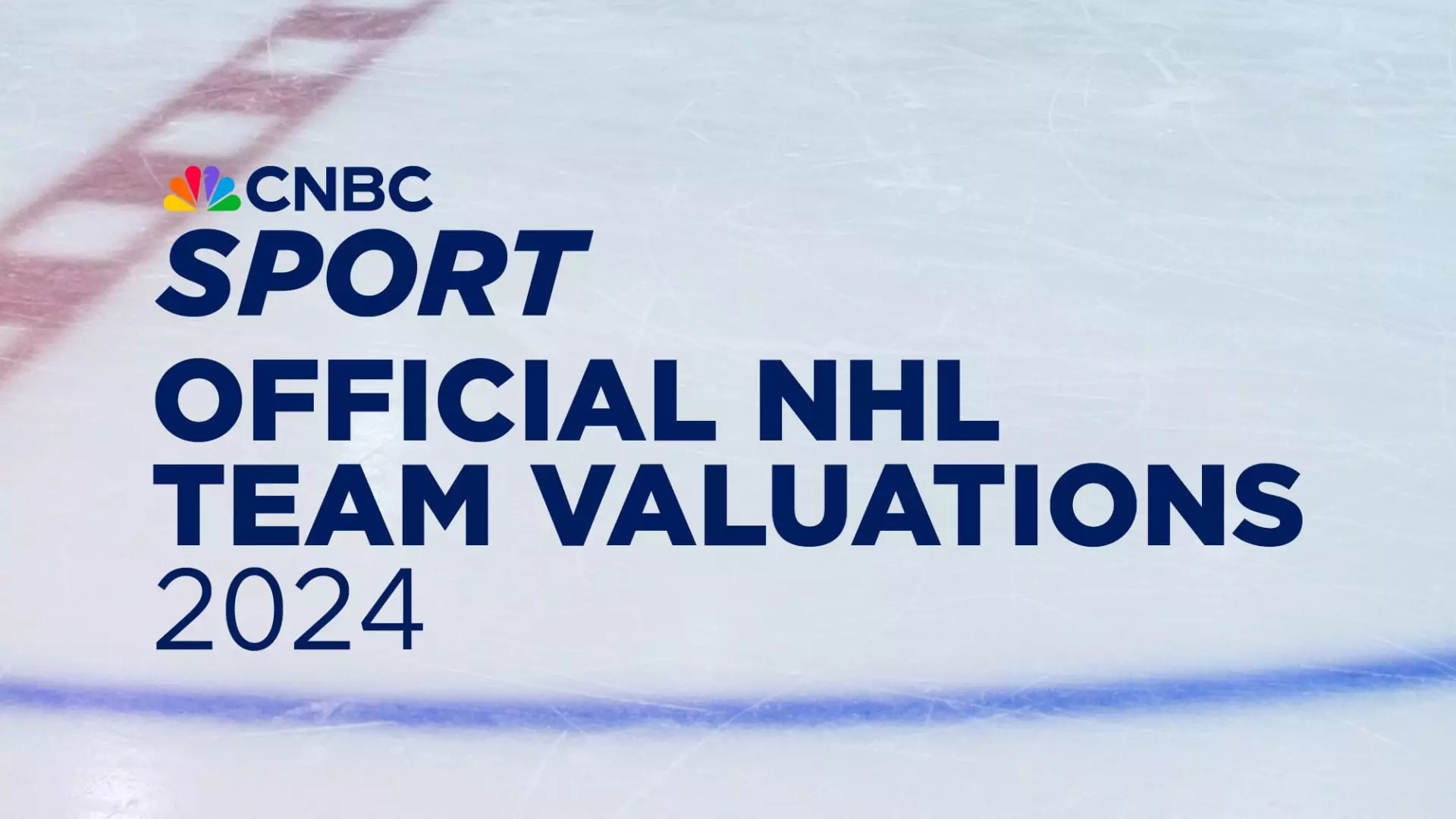The National Hockey League (NHL) is undergoing a remarkable transformation in its financial landscape, as demonstrated by the average team valuation of $1.92 billion, as reported by CNBC’s Official 2024 NHL Valuations. This figure positions the NHL alongside traditional sports powerhouses like Major League Baseball (MLB), reflecting a growing respect and recognition of the league’s economic viability. The question arises: What factors are driving this sudden and impressive rise in team values?
Several compelling factors contribute to the NHL’s increasing financial clout. A significant aspect is the steady growth in league revenue, with hockey-related earnings reaching an impressive $6.3 billion for the 2023-24 season. This marks an 8.6% increase compared to the previous year, highlighting not only the sport’s resilience but also its evolving appeal to a broader audience. A hard salary cap complements these fiscal advances, creating a level playing field that fosters competitive balance among teams. Additionally, the leaguewide revenue-sharing system ensures that all 32 franchises benefit uniformly from the league’s financial successes.
Another pivotal element is the surge in sponsorship and gate revenues. The NHL recorded a historic national sponsorship revenue of $250 million, showcasing the growing interest of corporate partners in aligning their brands with the league. Moreover, the regular-season gate receipts soared to $2.4 billion, which further cements the sport’s status as a major entertainment option for fans. This convergence of increased sponsorship and ticket sales plays a vital role in the steady ascendancy of team valuations.
Media Partnerships and Their Impact
In today’s digital age, effective media partnerships cannot be overstated. The NHL has successfully negotiated richer media deals that significantly bolster its revenue streams. These media agreements not only enhance the league’s visibility but also attract new fans and sponsors. The growing audience engagement through television and digital platforms has proven essential in expanding the NHL’s footprint both nationally and globally.
The financial landscape of the NHL is not only marked by increased revenues but also profitability. For the ongoing season, statistics reveal that the average club achieved an EBITDA (Earnings Before Interest, Taxes, Depreciation, and Amortization) of $45 million on a revenue of $223 million. These figures underscore a healthy bottom line, further enhancing investor confidence and enticing potential buyers.
Looking forward, the NHL appears poised for continued growth. As the league capitalizes on its expanding fanbase, lucrative media partnerships, and strategic sponsorships, the landscape for potential advancements remains robust. It’s clear that the NHL’s economic trajectory is shifting, and as a result, team valuations will likely reflect this upward trend, solidifying hockey’s place in the pantheon of major American sports. This newfound financial prosperity not only cements the league’s current status but also lays a strong foundation for its future endeavors.

